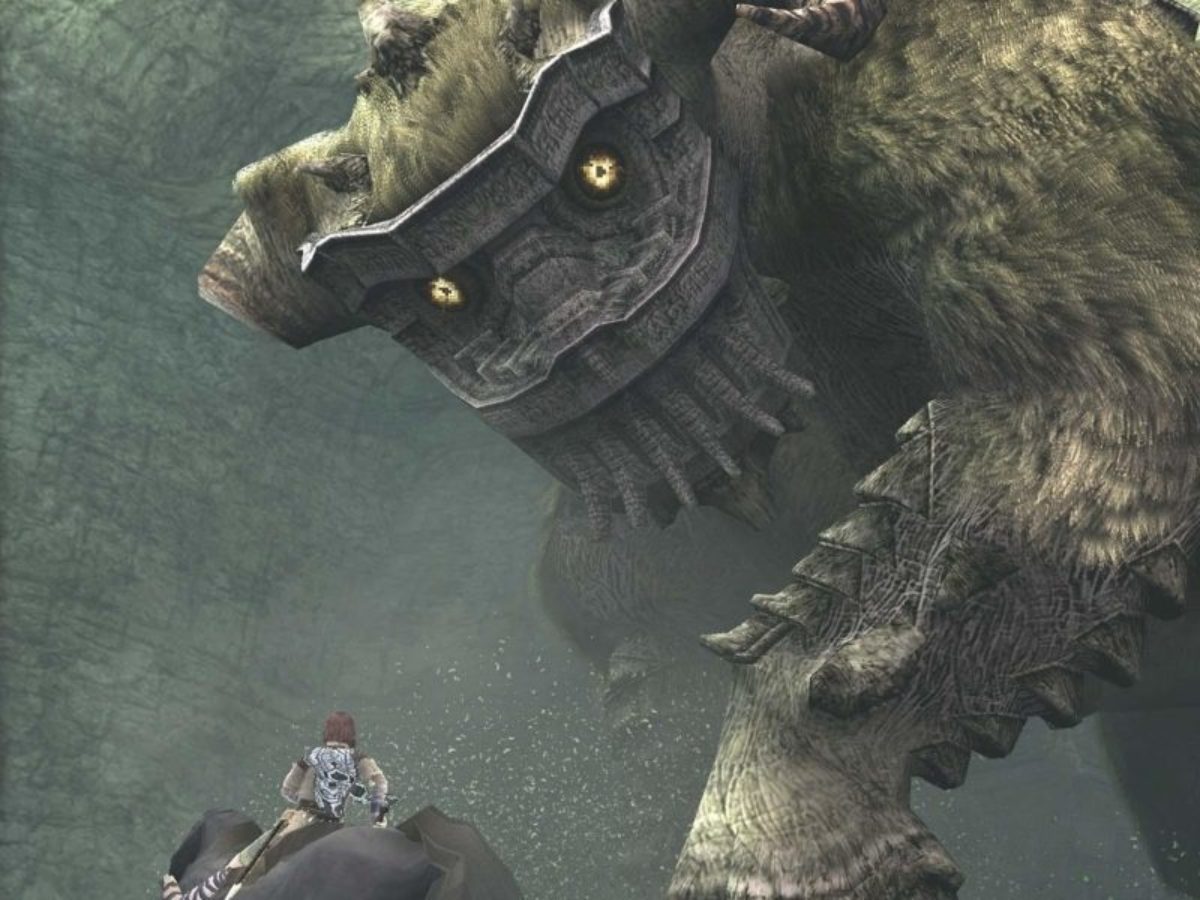
It seems like it was pretty easy for things to go wrong when developing a PS2 game. If another gaming platform let you go from “A to B,” the PS2’s architecture asked you to go from “A through A1, A2, A3, and A4 to get to B.” Even if you got through A-A3, a failure at A4 meant that there was a chance the whole thing probably wouldn’t work or at least wouldn’t be utilizing the full potential of the console. Every part of the PS2’s architecture was a new, moving hoop, and developers had to usually navigate all of them successfully in order to get even simpler processes to run.
If all of that sounds incredibly inefficient…well, it certainly could be. As noted above, though, the PS2’s basic design wasn’t an inherently bad idea. Sony knew that more modern games required consoles that could process a lot more data, and they seemingly wanted to design a console that was capable of moving that data between key components in order to make sure it was rendered as effectively as possible. To put it another way, the PS2’s output was relatively efficient and certainly capable. It was the input that forced developers to learn to navigate an inherently complex structure that was, for the most part, pretty much new to all of them.
That leads us to the “real” reason why the PS2 was so hard to develop for: the console’s absurd learning curve.
How hard was it to learn the PS2 architecture from scratch? In a 2013 Reddit post, one developer perfectly described the process:
“You are handed a 10-inch thick stack of manuals written by Japanese hardware engineers. The first time you read the stack, nothing makes any sense at all. The second time you read the stack, the 3rd book makes a bit more sense because of what you learned in the 8th book…There are so many amazing things you can do, but everything requires backflips through invisible blades of segfault. Getting the first triangle to appear on the screen took some teams over a month because it involved routing commands through R5900->VIF->VU1->GIF->GS oddities with no feedback about what you’re were doing wrong until you got every step along the way to be correct.”
As Resident Evil director Shinji Mikami once noted, Sony’s biggest failure with the PS2 was simply failing to give developers the resources they needed to learn the console in a reasonable amount of time, much less maximize its potential. Not only was the PS2 obviously designed to be more “complicated,” but Sony seemed to embrace a “figure it out” mentality in the PS2’s early days. PS2 development kits were rough, instructional documentation was messy (if it was provided at all), and anyone who was trying to develop projects for multiple consoles equally soon found themselves needing to devote more resources to the PS2 version of that game.
"difficult" - Google News
July 20, 2022 at 02:30AM
https://ift.tt/LuP0rte
Why PlayStation 2 Games Were Notoriously Difficult to Develop - Den of Geek
"difficult" - Google News
https://ift.tt/ijxePwd
https://ift.tt/BgRlxn3
Bagikan Berita Ini














0 Response to "Why PlayStation 2 Games Were Notoriously Difficult to Develop - Den of Geek"
Post a Comment